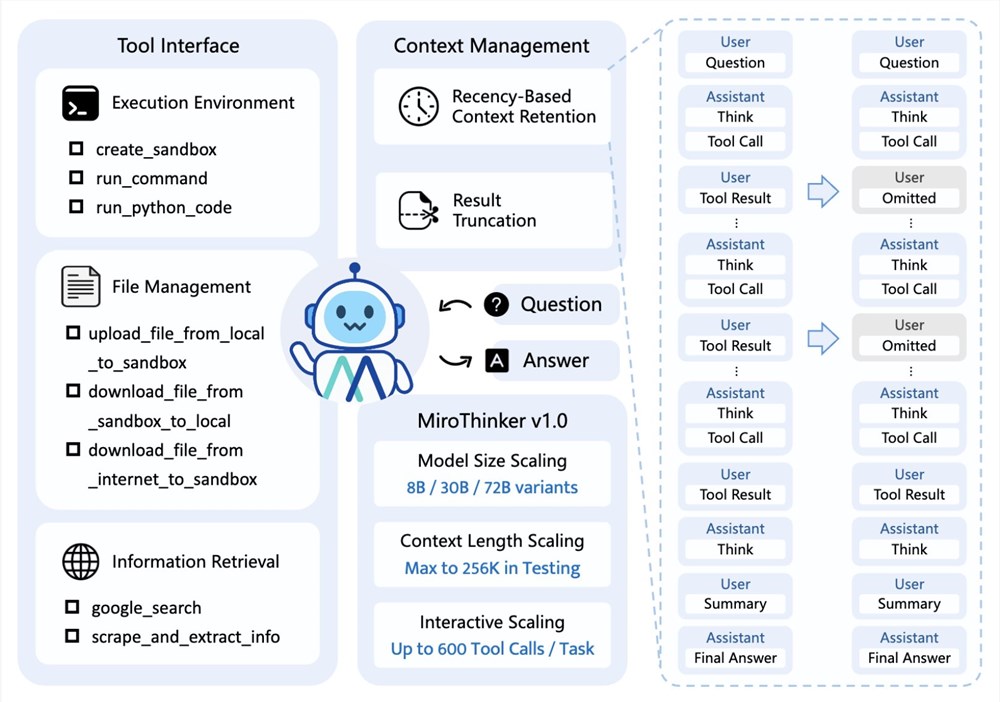Sony Computer Science Laboratories (CSL) Paris's music team has recently introduced a groundbreaking AI music tool called Diff-A-Riff, which could revolutionize the future of music production. This innovative tool can generate high-quality single-instrument accompaniment for any piece of music, showcasing the immense potential of AI in the creative field.

The main features and advantages of Diff-A-Riff include:
1. Versatility: It can generate accompaniments for various music styles, suitable for different instruments.
2. High-quality output: It produces 48kHz pseudo-stereo audio, comparable to human musicians' performance.
3. Efficient performance: It can generate 1 minute of audio in just 3 seconds, significantly enhancing creative efficiency.
4. Flexible control: Users can adjust the output through audio and text prompts, achieving fine-grained control.
5. Resource optimization: Compared to previous systems, it significantly reduces inference time and memory usage.
The core technology of Diff-A-Riff is based on the combination of latent diffusion models and consistency autoencoders. This innovative approach allows the system to first compress the input audio into a latent representation, then generate new audio content based on context and optional style references.
Sony's research not only demonstrates the application prospects of AI in music creation but also reflects the new trend of technology and art integration. The emergence of Diff-A-Riff could bring revolutionary changes to fields such as music production, creative collaboration, and sound design.
As AI deeply engages in the creative process, it also raises a series of thought-provoking questions: Where is the boundary between AI-generated music and human-created music? How to strike a balance between technical assistance and maintaining the essence of music creation? How to define music copyright and intellectual property in the AI era?
Despite these challenges, the release of Diff-A-Riff undoubtedly provides music creators with a powerful new tool. It not only has the potential to enhance creative efficiency but could also inspire new music styles and forms of expression. With ongoing technological advancements, we may be standing at the threshold of a new era of music creation, where AI and human creativity will bring even more exciting possibilities to the world of music.










